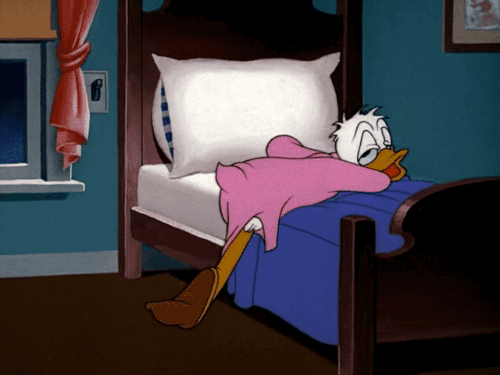

Depends on the type of yoga mat! Some are very thick, some are very thin. Sounds like you got one of the thinner ones. You couldn’t possibly fold one the thick ones, it would open up on its own without a weight on it whereas the thin ones can stay as you leave them.
A kneepad is another option as many said already.
You also have mats for camping, my parents had a couple of these and they would lay them under the sleeping bags precisely to avoid feeling all the debris on the ground.




I’m not sure. Maybe, for a small minority of people, that’s the case. But for most… The reason they flocked there first, while there were plenty of fediverse options already, wasn’t lack of ads. It was the opposite, ads from a platform with ads that led most people to threads in the first place.